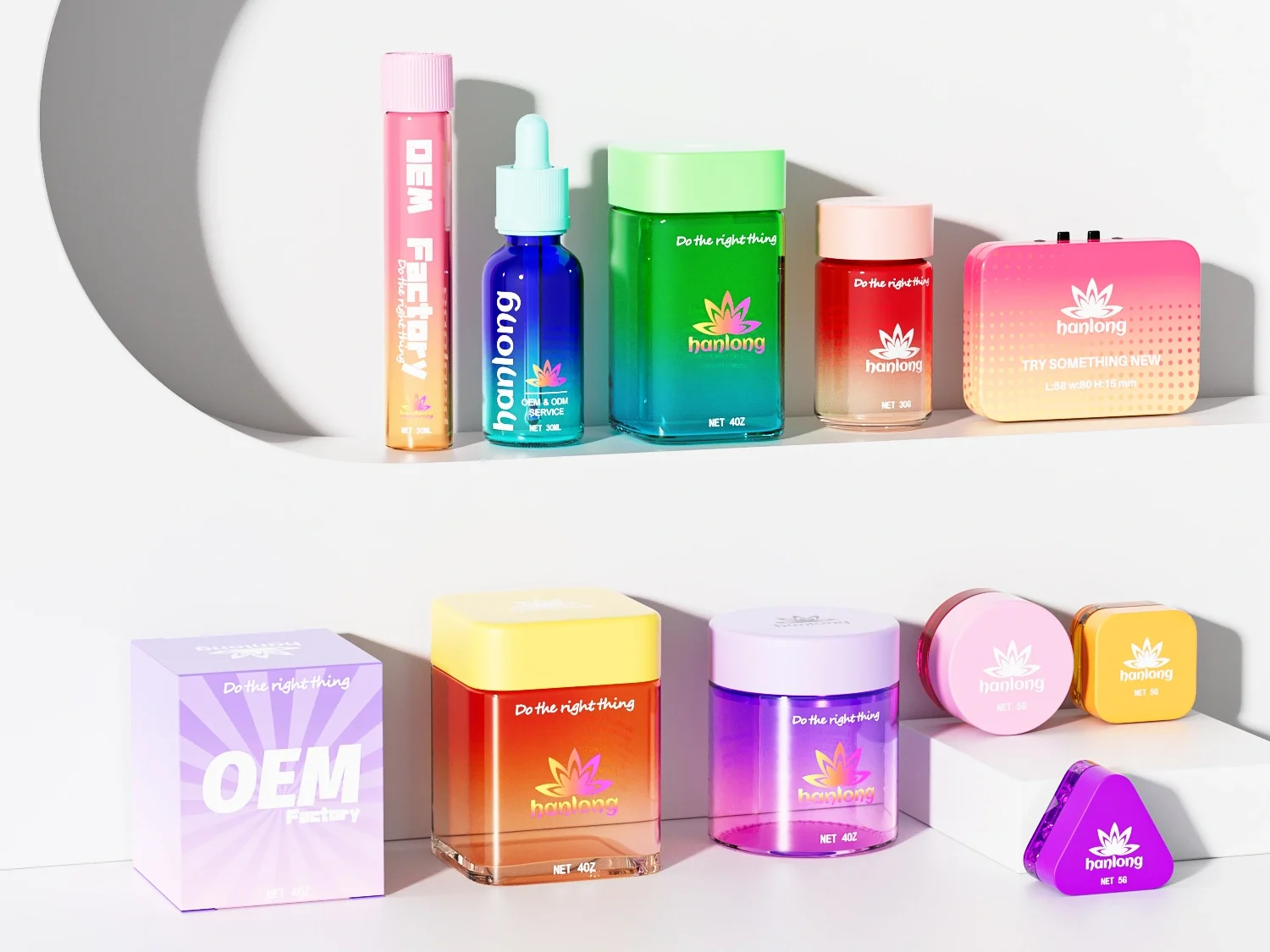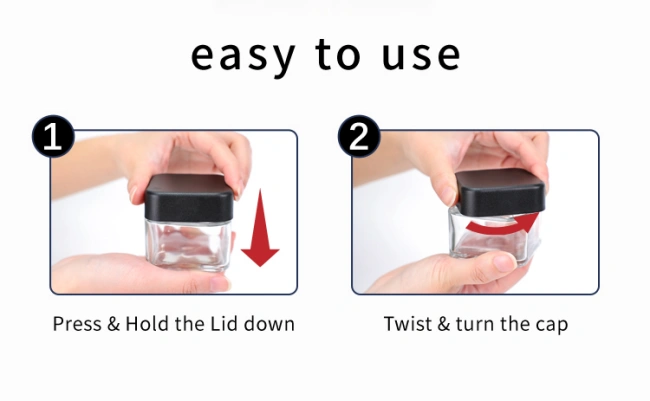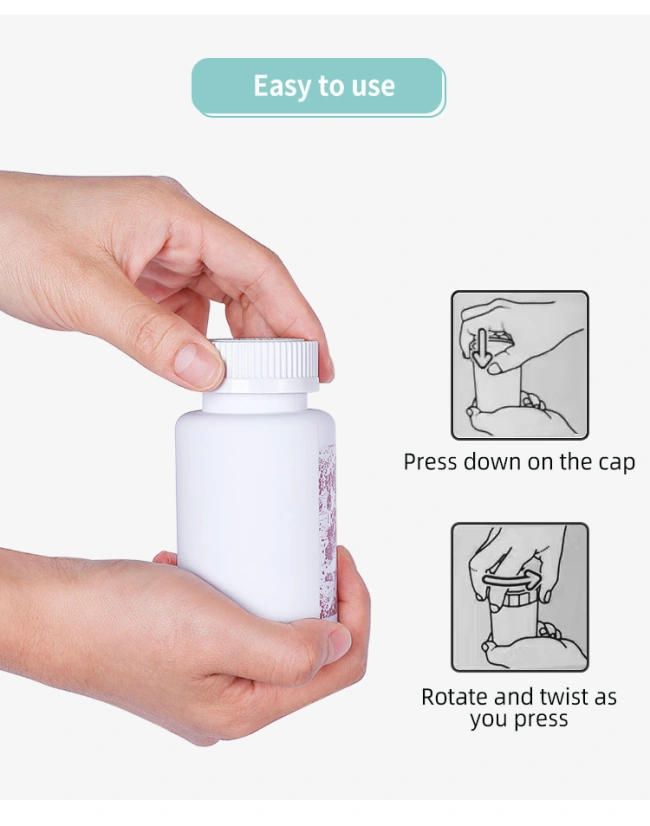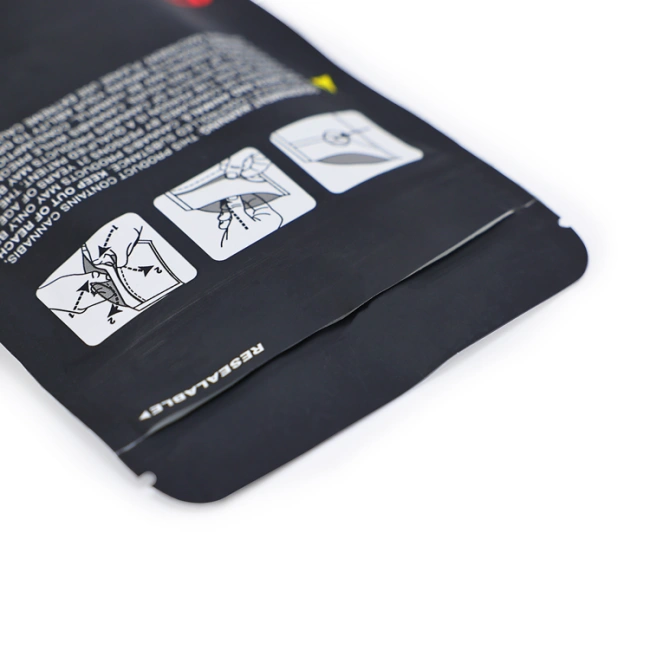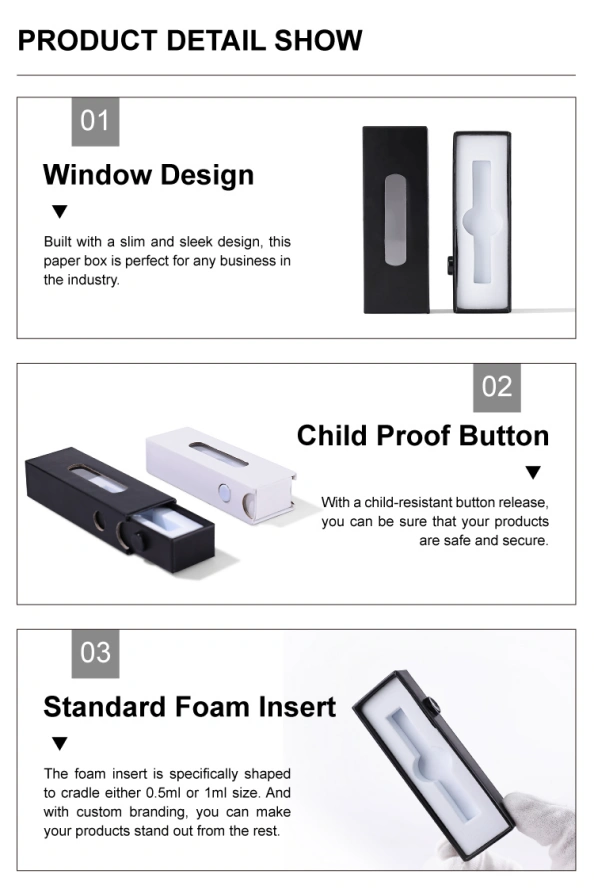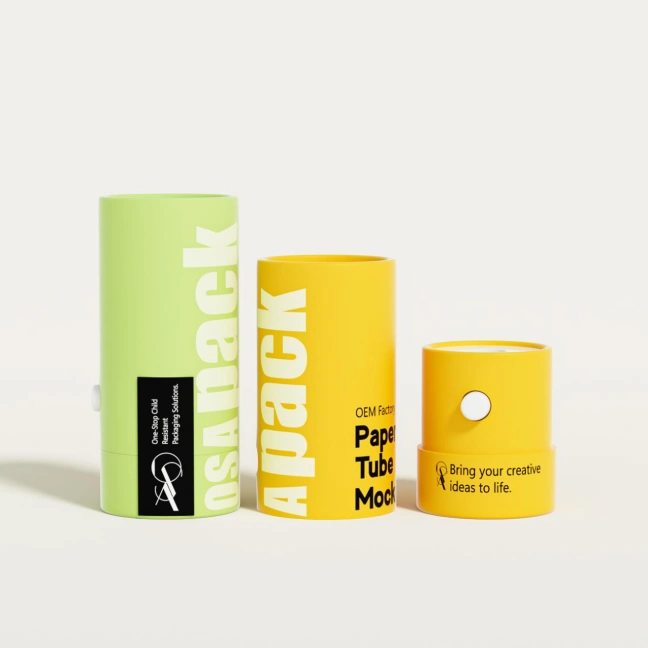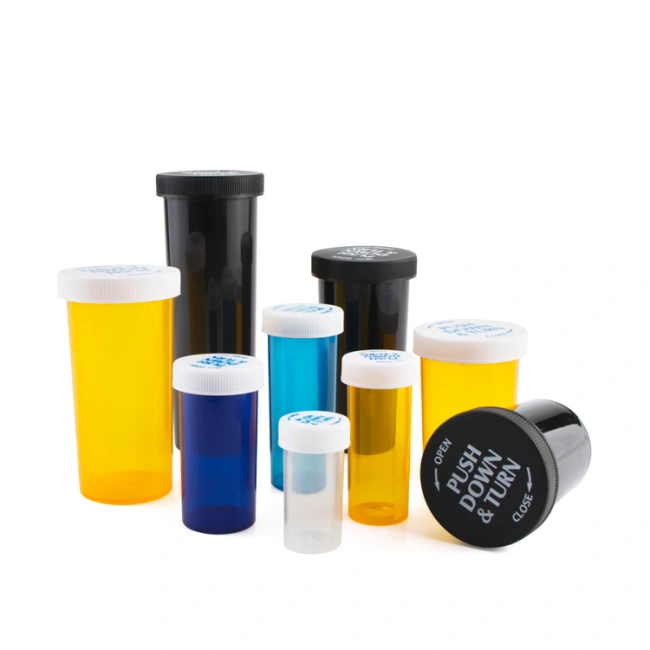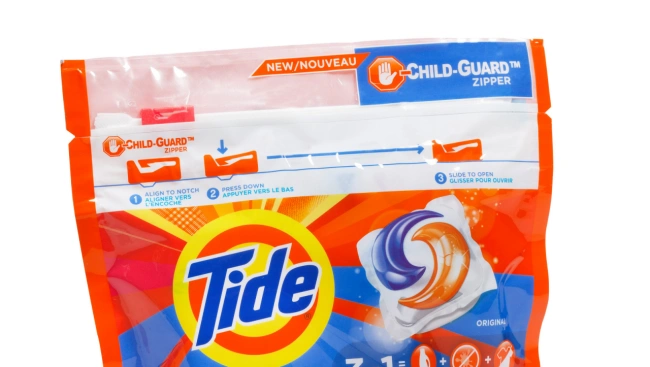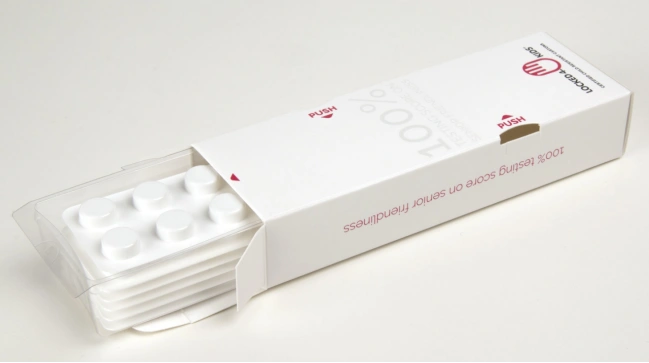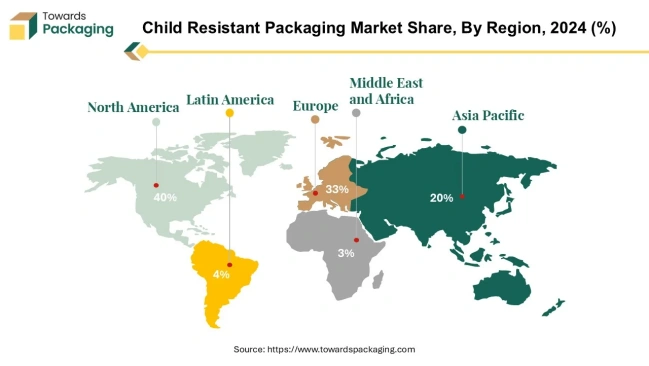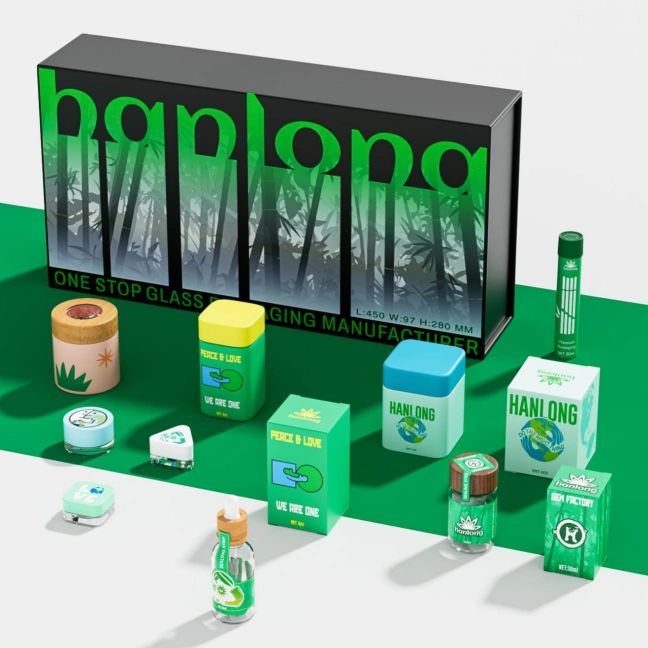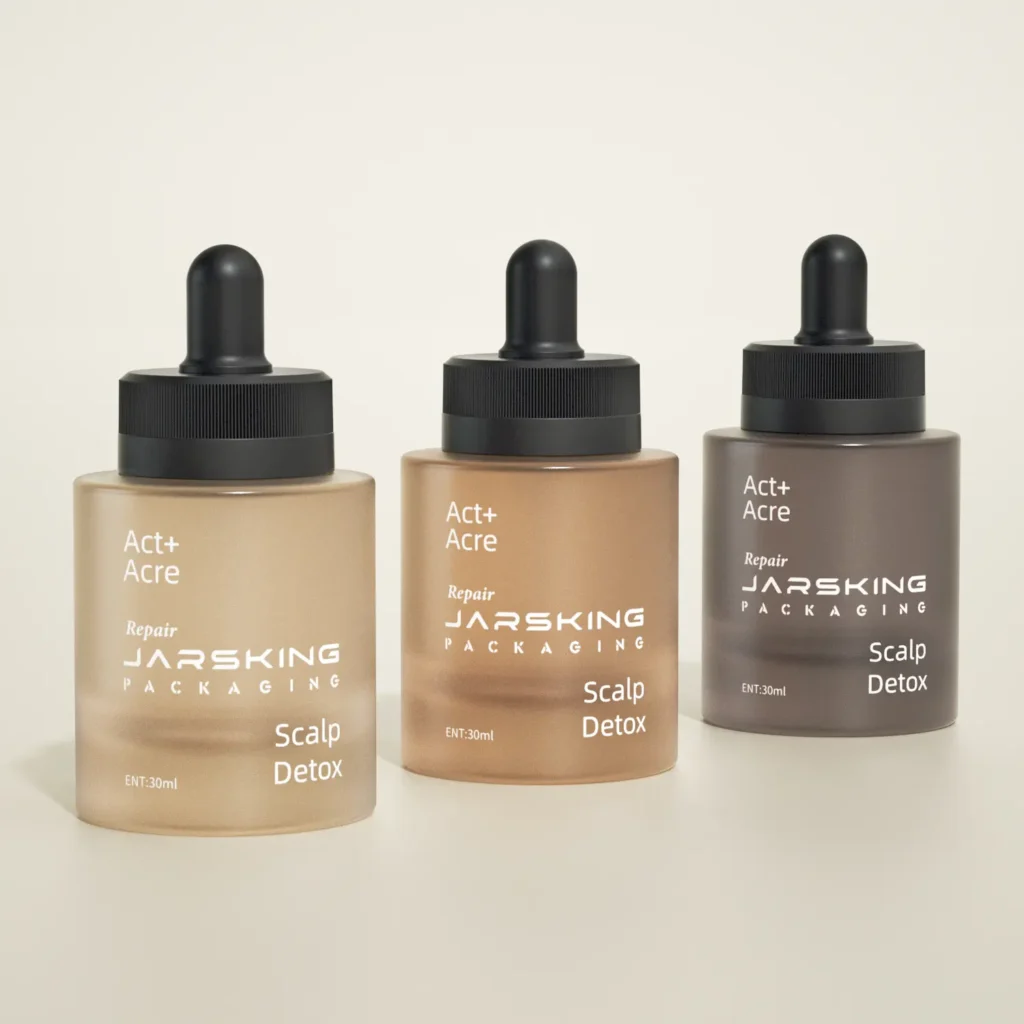[1] https://pmc.ncbi.nlm.nih.gov/articles/PMC10935586/
[2] https://pmc.ncbi.nlm.nih.gov/articles/PMC6124998/
[3] https://en.wikipedia.org
[4] https://www.bpf.co.uk
[5] https://www.cpsc.gov
[6] https://onlinelibrary.wiley.com
[7] https://www.johnsbyrne.com
[8] https://www.drugplastics.com
[9] https://www.law.cornell.edu
[10] https://420packaging.com
[11] https://www.cdph.ca.gov
[12] https://cannabis.ca.gov
[13] https://thefutureofthings.com
[14] https://crr.net
[15] https://www.chpa.org
[16] https://www.cpsc.gov
[17] https://pmc.ncbi.nlm.nih.gov
[18] https://dx.plos.org
[19] https://www.packagingdigest.com
[20] https://www.packworld.com
[21] https://ajph.aphapublications.org
[22] https://pmc.ncbi.nlm.nih.gov/articles/PMC5299541/
[23] https://pmc.ncbi.nlm.nih.gov/articles/PMC11034662/
[24] https://www.berlinpackaging.com
[25] https://techbullion.com
[26] https://www.semanticscholar.org
[27] http://doi.editoracubo.com.br
[28] https://www.semanticscholar.org/paper/f8226c3fa84399f452af4d76c3a93b3fc7ef637b
[29] https://www.semanticscholar.org/paper/bf707ede5d8fb851b7d1bd1ea127cdb12e6dc9c9
[30] https://www.semanticscholar.org/paper/5b8bf1165e9fd48f1cd373a7793691764011bd83
[31] https://www.acpjournals.org/
[32] https://onlinelibrary.wiley.com
[33] https://obgyn.onlinelibrary.wiley.com
[34] https://www.qeios.com
[35] https://www.maxwellsci.com
[36] https://www.mdpi.com
[37] http://maxwellsci.com
[38] https://www.ucan-packaging.com
[39] https://ascendpkg.com
[40] https://www.productip.com





